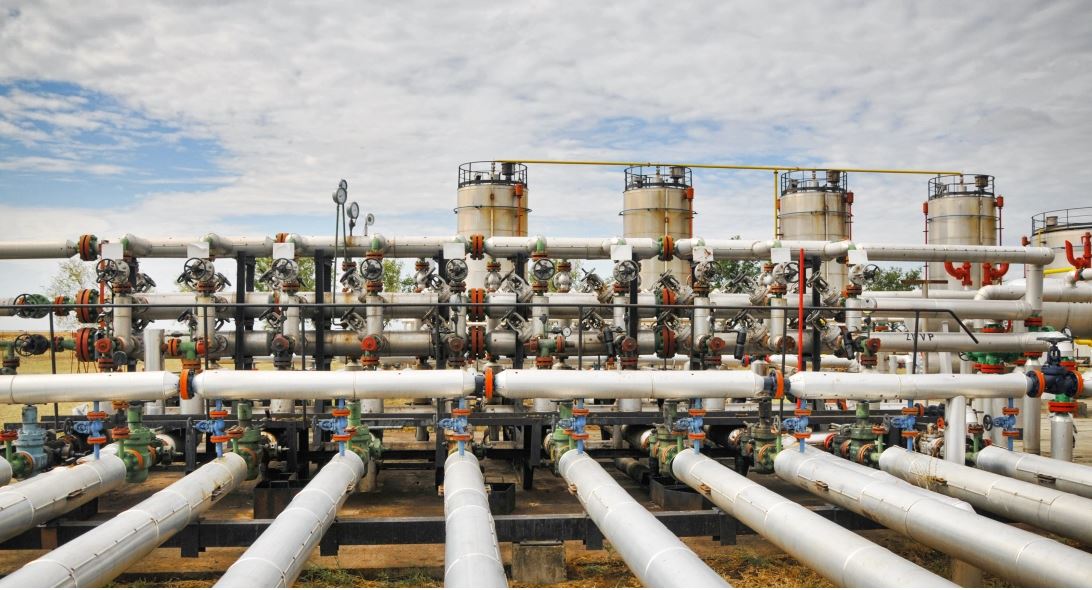Aluminum has an energy density more than 50 times higher than lithium ion, if you treat it as an energy storage medium in a redox cycle battery. Swiss scientists are developing the technology as a renewable energy stash for the European winter.
The problem is simple enough: as countries worldwide plan their moves toward zero-emissions energy, they need to deal with the intermittent nature of cheap renewable energy. On a daily basis, solar harvests most of its energy in the middle of the day, and this necessitates some kind of short-term storage solution that can park that energy in some form of battery, then release it again in the evening when everyone gets home and starts running TVs and dishwashers. These kinds of big battery projects are already installed in many areas and proving their worth.
DW: Ex-Muslims get threats after forming society in Germany
But intermittency is a much bigger issue on a seasonal level. The further you move from the equator, the less Sun you get in the winter months. Parts of Scandinavia famously get no Sun at all for months on end – resulting in some pretty epic springtime parties, I’m told – but a much broader area is going to find itself very short on solar, every year, right when everyone’s starting to crank up their heaters. The zero-carbon world needs a way to store absolutely massive amounts of excess renewable energy generated in the warmer months, then release it through the long winters. And it’ll need to be affordable, or else it’s not going to happen.
Read more: New Atlas




































